Bicester garden city: Residents' traffic fears
- Published
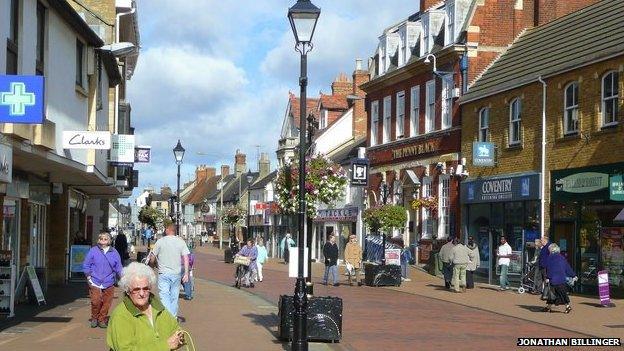
Bicester in Oxfordshire has been chosen as the site for the government's second new garden city, with 13,000 new homes due to be built on the edge of the town.
But many residents are concerned it could create too much pressure on the town's infrastructure and lead to major traffic problems.
The town, which has a population of 31,000, was previously notable for the former US Air Force base in nearby Upper Heyford but in recent years it has grown rapidly.
Commuters are attracted by its location just off junction nine of the M40 and good train links to London, Birmingham and Oxford.
Bicester Village - a retail outlet - is also a major draw and last week police warned motorists to avoid the area as its roads had become gridlocked with Black Friday shoppers.
Carla Thomas, who lives in the town, said: "Providing they build the infrastructure first and get the new shopping facilities in, the new schools, they sort the roads out around Bicester, if they do that first I have absolutely no problem.
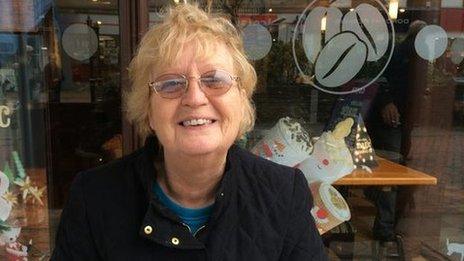
Carla Thomas said the traffic in the town was already chaotic

Manpreet Singh said he was worried about losing Bicester's "old England" atmosphere
"But if they don't, it's already chaos - look at what happened on Black Friday with Bicester Village. That isn't a singular occurrence, it was just the worst day.
"That happens every weekend, and if you go and shove 13,000 new homes here you just make it worse.
"People have got to live somewhere, I don't want to see people without homes. It's a nice place to live, but I don't want it to reach the point where we can't get out."
Helen Bramley, who was born in Bicester, said she was also concerned about more traffic.
"Before they consider this, they've got to improve the infrastructure because the roads at the moment can't even cope with the current traffic.
"It was a small market town with a lot of character.
"It's growing too fast, but I like the prospect of bringing more employment into the town."

What is a Garden City?
The garden city planning concept, by Sir Ebenezer Howard, was first used to create Letchworth Garden City at the start of the 20th century and Welwyn Garden City in the 1920s.
The concept was adopted again when the New Towns Act resulted in the development of new communities following World War Two.
The new communities were created to deal with an accommodation shortage caused by bomb damage, stagnation in the construction industry, returning service personnel and a baby boom.
They were called Garden Cities because their layouts included large amounts of green space.
Two years ago the government commissioned a report on the possibility of using Garden Cities to help deal with the housing shortage.
Chancellor George Osborne announced funding earlier this year to create Ebbsfleet Garden City in Kent.

Helen Marshall, of the Oxfordshire branch of the Campaign for the Protection of Rural England, said many people in the area would have mixed feelings.
"It may bring relief for some of the infrastructure problems and it might be good for the local economy but, at the same time, they don't want to lose the character of the town as it stands or the fact that it is in a rural setting surrounded by very lovely rural villages - so it's going to be a balance," she said.
Lynne Pratt, Mayor of Bicester, said she hoped a larger town would result in more jobs.
"A lot of people commute out of Bicester these days for work," she said.
"Let's try and get some more jobs here, perhaps more high spec jobs, so that people can stay in the town that they live in."
Edward Aimsworth, who lives in the town, echoed the mayor's hopes.

Helen Bramley, who was born in Bicester, said more houses could lead to greater traffic problems

Edward Aimsworth is concerned about employment
He said: "I've nothing against it as long as they bring employment with it.
"We don't want all the new houses there and nowhere for people to work. They've got to go hand in glove haven't they?"
Bicester resident Manpreet Singh said he thought the homes should go on the Calvert or Fringford side of town.
He said: "I think there's going to be more problems for the traffic. There are international people coming here for Bicester Village, so if they keep extending the town like that it will get worse.
"Garden cities, green cities, they're alright, but extending into the villages makes them more like cities so that's not very good because I like 'old England'.
"It is a booming town. There loads of things happening and people are getting more into entertainment. There are media students here who see it as a happening, lively town."

Bicester facts
The Oxfordshire market town has a population of about 31,000 and sits in the Cherwell district in the north-east of the county
Bicester Village shopping outlet is a major UK tourist attraction, drawing in nearly six million visitors a year, including many from overseas
The town centre has recently undergone a £70m redevelopment
Land to the north-west of the town was chosen as an "eco-town" in 2009 with work to build up to 6,000 new energy efficient homes under way
The population of Bicester Town is expected to grow by 28% between 2006 and 2016
Source: Oxfordshire County Council

- Published28 November 2014

- Published7 November 2014
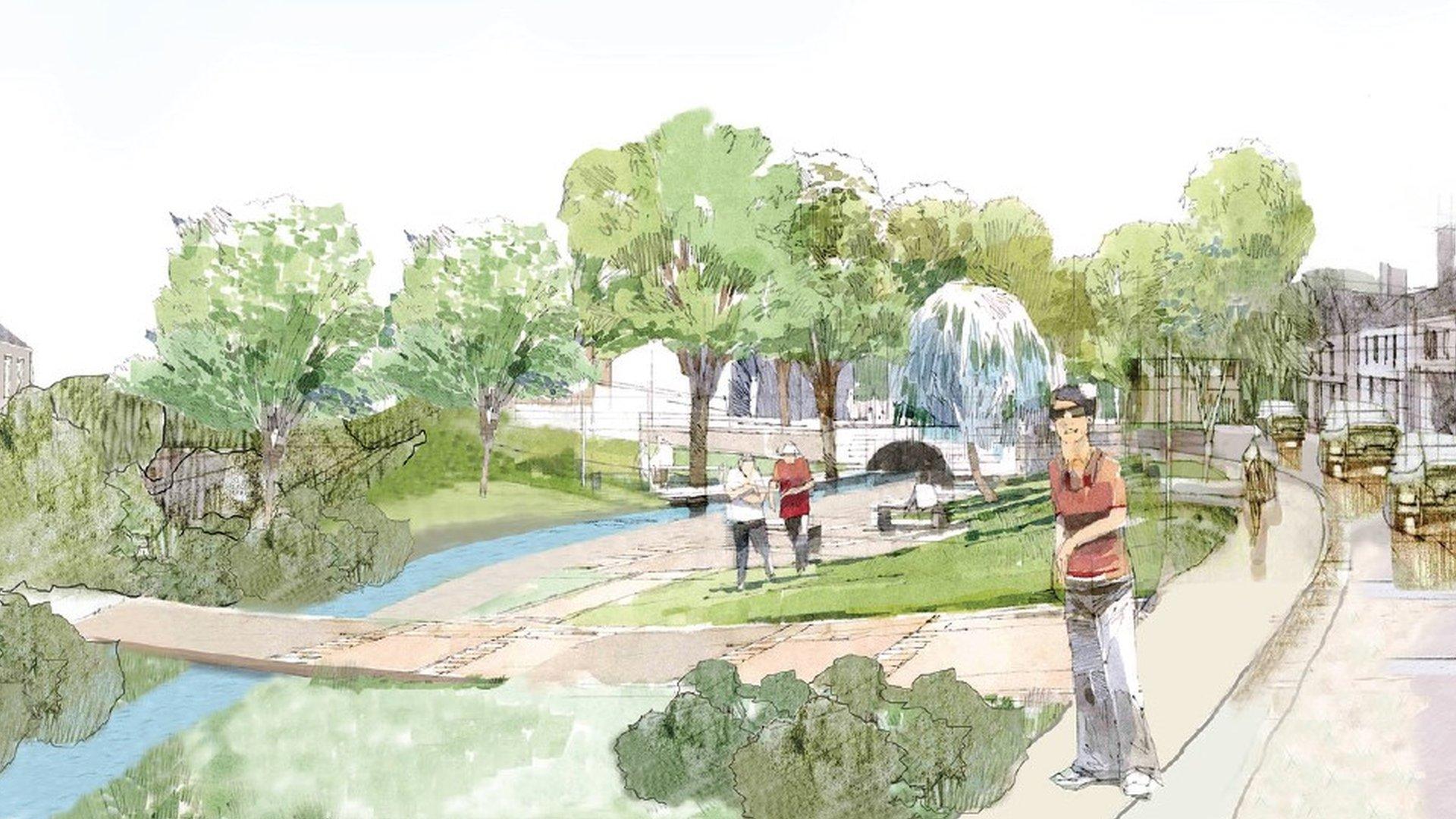
- Published21 August 2014
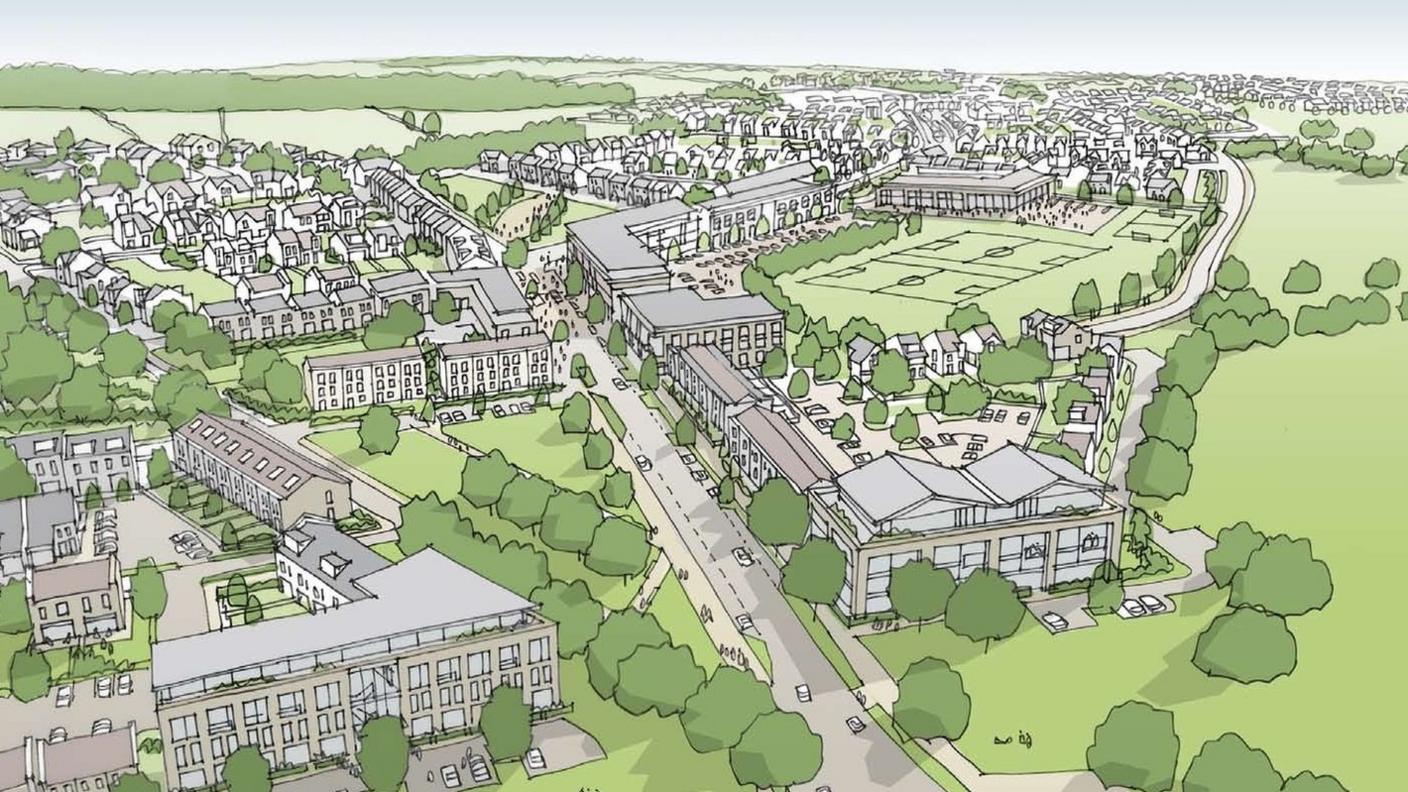
- Published8 August 2014
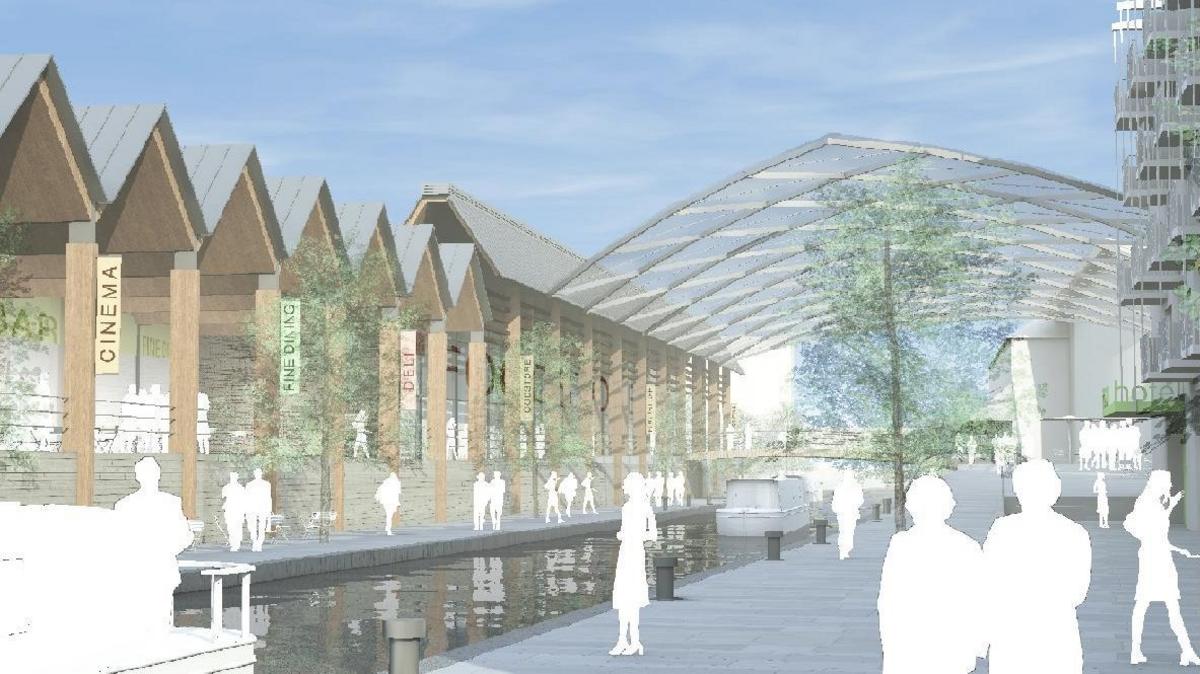
- Published14 July 2014

- Published11 July 2014
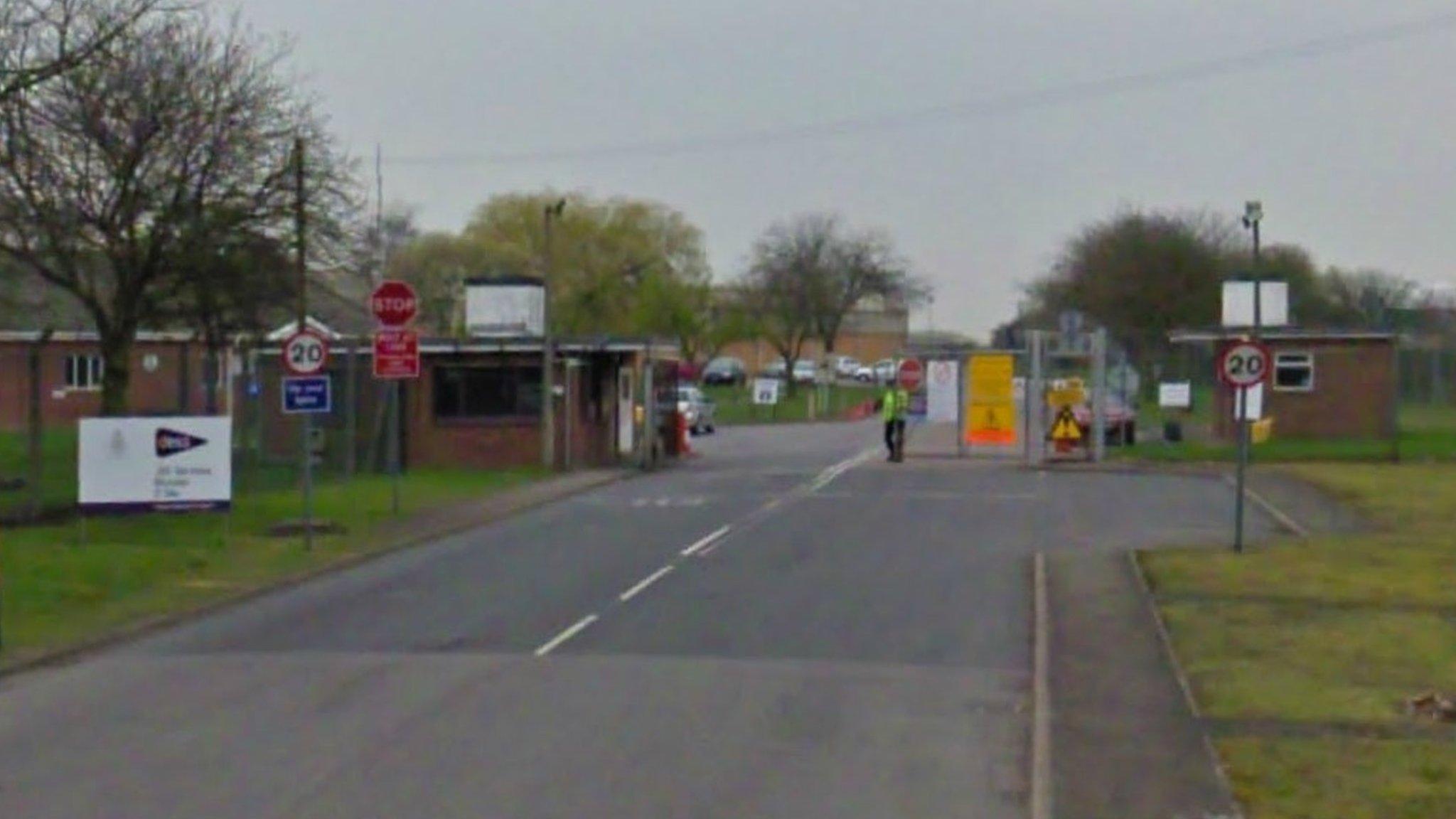
- Published29 April 2014
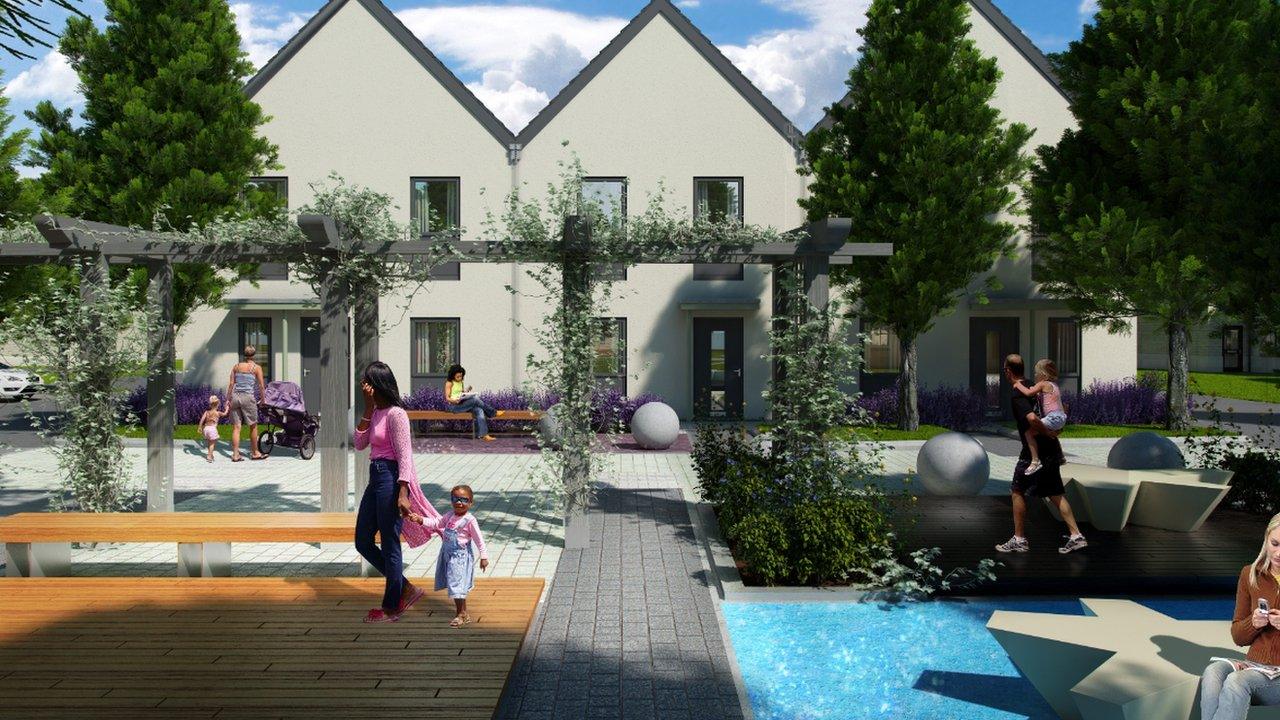
- Published14 January 2014
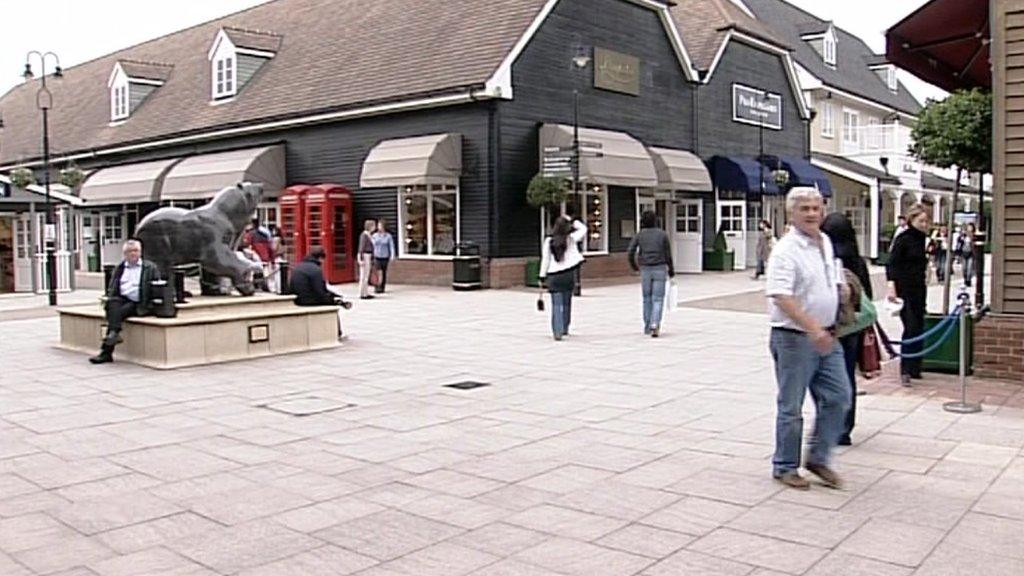
- Published9 January 2014
